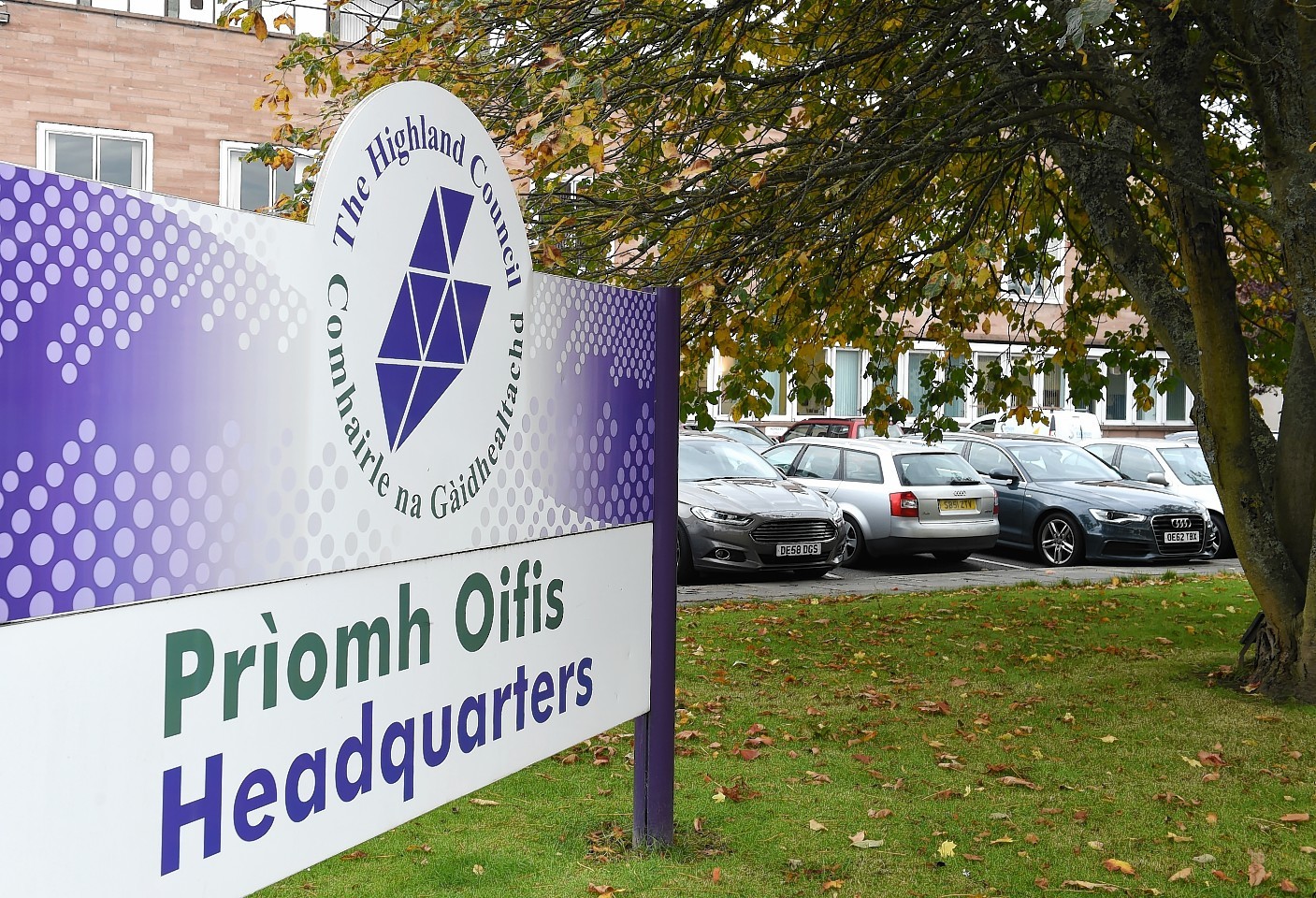Budget-cutting Highland Council spent almost £1,000 a day last year hiring cars for its officials to drive.
The scale of the £363,000 bill was branded “astonishing” last night amid calls for urgent action.
The spending on vehicles emerged as the local authority continues to squeeze its budgets to try to save £46million over three years.
But council chiefs defended the car hire cost, saying it would be even more if officers had claimed mileage instead.
The bill was revealed in an official answer to a question raised by a member of the previous administration, which was in power at the time the money was spent last year.
Culloden and Ardersier SNP councillor Glynis Sinclair asked for the information before this week’s full council meeting.
Together, the total 2014-15 bill for car hire (£242,925) and fuel (£120,138) came to £363,063.
The vehicles were described as “generally basic models”.
The council could not give comparative figures yesterday for recent years, saying it would take several days to gather that information.
In addition to car hire contracts, the authority also operates a car leasing scheme and a fleet including two electric vehicles.
Highlands and Islands MSP John Finnie questioned the level of spending last night.
“This needs to be addressed urgently because this is an astonishing sum of money given the restraints being asked of other parts of the council,” he said.
“We need to get to the situation where more creative work patterns are developed so we don’t need to travel, through work at home, greater use of video conferencing and greater use of the fleet of vehicles that the council does have.
“This needs a revision. There’s a presumption in favour of travel to meetings rather than use of video conferencing.”
Councillor Sinclair, whose SNP group was in coalition with the Liberal Democrats and Labour until May, said: “Were we in administration today, both the agency staff and the car hire issues would certainly be looked at in these rounds of budget considerations.
“I hope the current administration will take on board the seriousness of this expenditure.”
Resources chairman Bill Fernie confirmed that car hire did not feature in the challenge to save £46million over three years.
“It’s been looked at in the past,” he said. “It’s done as a saving, already, because the alternative is that you have staff driving their own cars and claiming mileage.
“The cut-off point was agreed some time ago. If staff are travelling over 100 miles they look at car hire because it’s cheaper. The council’s got 10,000 staff. Quite a lot will have to travel as part of their duties.”
Eben Wilson of pressure group Taxpayer Scotland, said: “A council with a widespread geographic remit like Highland should be doubly active in the stewardship of taxpayers’ money, seeking every possible approach to cut its overheads.
“All Scottish councils need to work smarter, making their staff fully accountable and transparent in their use of scarce resources. Telling the public where the money goes would go a long way to putting a brake on loose spending habits.”
A spokeswoman for the council said: “We are the largest local authority in Scotland and cover a vast geographical area, with nearly 4,350 miles of road networks.
“We are continually striving to utilise technology to the best purpose to enable staff to work effectively and to reduce travel where possible. This includes using phone, video and telephone conferencing technology wherever possible.”
